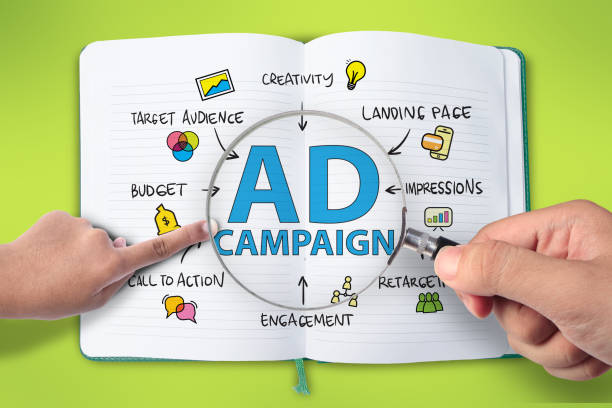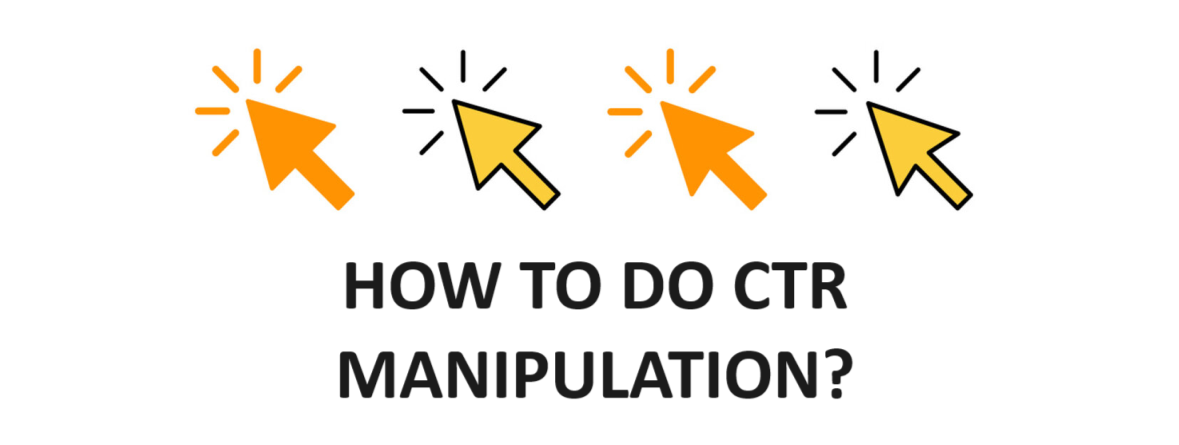Achieve Higher Positions with LinkDaddy CTR Manipulation Techniques
Wiki Article
Drive Extra Organic Website Traffic Making Use Of CTR Manipulation
In the competitive landscape of electronic advertising, understanding and manipulating click-through prices (CTR) can be pivotal for increasing organic web traffic. By concentrating on the subtleties of crafting compelling headlines and maximizing meta descriptions, online marketers can considerably improve customer interaction. An organized method that consists of A/B screening and individual habits evaluation permits continual refinement of approaches. However, the actual difficulty hinges on balancing imagination with data-driven insights to achieve sustainable outcomes. What specific methods can be used to properly raise CTR while preserving content stability? Exploring this might yield profound implications for your online presence.Recognizing CTR and Its Relevance
Recognizing click-through price (CTR) is vital for optimizing organic website traffic and enhancing on-line visibility. CTR is an essential statistics that evaluates the percent of customers that click on a specific web link out of the total number of users that see the page. A higher CTR shows that a web page efficiently engages customers and motivates them to discover further.In the world of digital advertising and marketing, a robust CTR directly correlates with enhanced internet search engine positions. Look engines utilize CTR as an indication of web content significance and quality; therefore, maximizing for CTR can cause raised organic traffic. By concentrating on techniques to raise CTR, services can enhance their visibility in affordable markets, ultimately driving more prospective customers to their web sites.
Furthermore, understanding CTR enables online marketers to analyze the efficiency of their content and advertising and marketing techniques. It offers understandings into individual actions, choices, and engagement degrees, facilitating educated decision-making.
Crafting Engaging Headings
Engaging headlines function as the gateway to higher click-through rates, making it vital for marketers to understand the art of crafting them. A well-crafted heading can record focus, evoke curiosity, and encourage users to engage with material. To attain this, it is essential to use a few crucial approaches.Headlines ought to plainly communicate the subject and worth of the web content. Making use of solid, action-oriented verbs can improve engagement while avoiding ambiguity.
Emotional triggers also play a critical duty in heading efficiency. Words that stimulate fear, inquisitiveness, or exhilaration can significantly boost click-through rates. Wording that implies urgency, such as "Don't Lose out" or "Restricted Time Deal," can force immediate action.
Finally, A/B screening different headings permits marketing professionals to identify which variants resonate finest with their target market. By continuously fine-tuning heading approaches based on performance data, marketing experts can guarantee they are making the most of click-through prices and driving more natural website traffic to their web content.
Enhancing Meta Descriptions
When it comes to attracting organic website traffic; meta descriptions also play an important function in affecting individual behavior,Headings are only component of the formula. An effective meta description succinctly summarizes the web content of a web page while attracting users to click with to your site.
To maximize meta summaries, objective for clearness and significance. A well-crafted description should be roughly 150-160 personalities long, as this size guarantees that it presents completely in search engine outcomes. Incorporate key keywords normally, as this not just aids in SEO however also lines up individual assumptions with the content they will certainly discover.
In addition, using action-oriented language can boost involvement. Expressions like "discover," "discover," or "enhance your skills" create a feeling of seriousness and importance. Customizing your meta summaries to attend to details user queries also improves click-through prices, as they resonate a lot more deeply with prospective site visitors.
Analyzing User Habits
Customer actions analysis is important for maximizing material methods and improving natural web traffic. By very closely analyzing just how individuals interact with your web content, you can identify patterns and preferences that browse around this web-site educate far better decision-making. Devices such as Google Analytics, heatmaps, and session recordings provide important understandings into individual engagement, click-through prices, and bounce rates, aiding you recognize what reverberates with your target market.
Furthermore, recognizing the context in which individuals involve with your material-- such as their area, gadget, and time of access-- can assist adjustments to your web content technique. By the original source leveraging customer behavior information, you can boost the relevance of your material, ultimately causing greater click-through rates and raised organic web traffic. This logical method cultivates a deeper connection with your target market, ensuring that your material continues to be aligned with their interests and expectations.
Examining and Iterating Techniques
Analyzing user habits gives a solid foundation for refining material approaches, but the real effect originates from proactively screening and iterating those techniques based on understandings obtained. To drive natural traffic efficiently, it is vital to apply a systematic method to A/B testing. By explore different components such as headings, meta summaries, and call-to-action switches, marketers can uncover which combinations resonate best with their audience.Collecting data through these tests permits for informed decision-making. For example, if a specific heading generates a notable rise in click-through prices (CTR), it can educate future web content growth. In addition, think about segmenting your target market to customize examinations based on demographics, interests, or behavior patterns, which can bring about even more nuanced insights.
Iterating on strategies need to be a recurring process. Frequently evaluate outcomes and readjust strategies accordingly, cultivating a culture of continuous improvement. By remaining receptive and nimble to data, brand names can enhance user involvement and, eventually, organic website traffic. The essential exists not just in screening but in making use of the findings to improve methods continually, guaranteeing approaches develop in placement with user choices and search trends.
Verdict
In conclusion, enhancing organic web traffic through CTR adjustment requires a complex approach. this article By understanding the value of click-through rates, crafting engaging headings, maximizing meta descriptions, and assessing user actions, strategies can be created to bring in even more visitors.
Customer behavior evaluation is vital for optimizing material techniques and enhancing natural traffic.Moreover, understanding the context in which customers engage with your web content-- such as their location, tool, and time of gain access to-- can lead modifications to your web content technique. By leveraging customer habits information, you can enhance the importance of your content, eventually leading to greater click-through rates and raised organic web traffic.
Report this wiki page